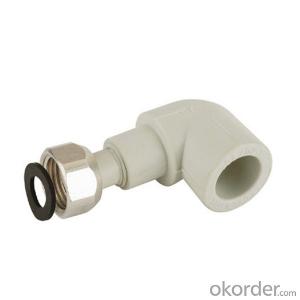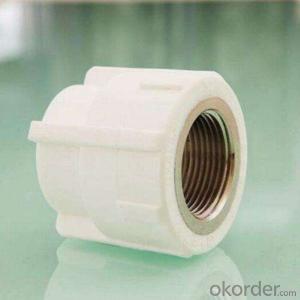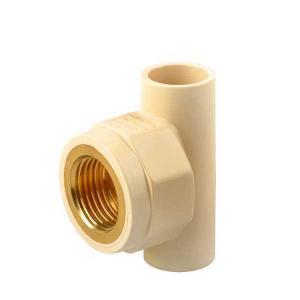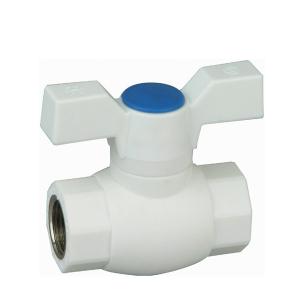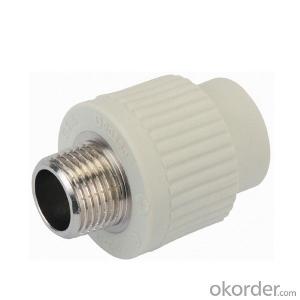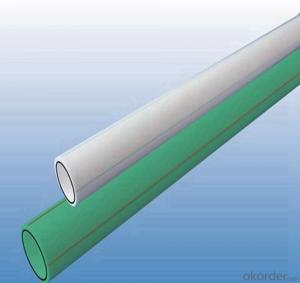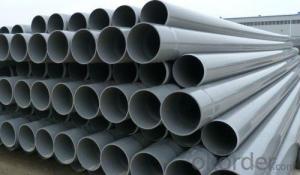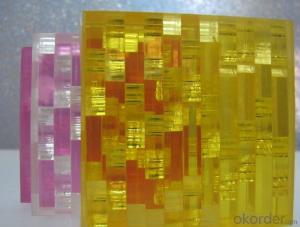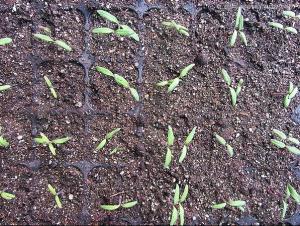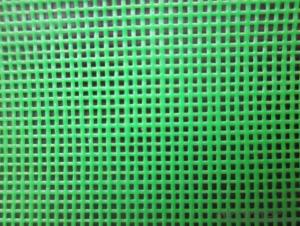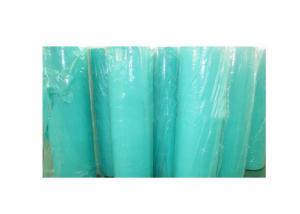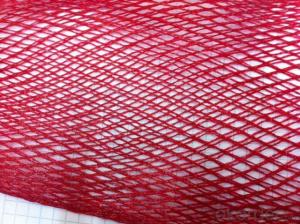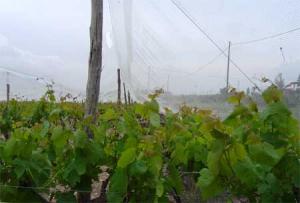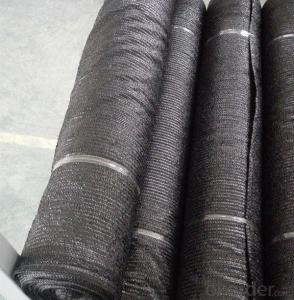All Categories
- - Steel Wire Rod
- - Steel Coils
- - Steel Profiles
- - Steel Pipes
- - Stainless Steel
- - Tinplate
- - Special Steel
- - Steel Sheets
- - Steel Rebars
- - Steel Strips
- - Hot Rolled Steel
- - Cold Rolled Steel
- - Pre-painted Steel
- - Seamless Steel Pipe
- - Welded Steel Pipe
- - Hollow Steel Tubes
- - Galvanized Pipe
- - Stainless Steel Coil
- - Stainless Steel Sheet
- - Stainless Steel Plate
- - Stainless Steel Strips
- - Electrolytic Tinplate Coil
- - Electrolytic Tinplate Sheet
- - Stainless Steel Rebars
- - Solar Panels
- - Solar Water Heater
- - Solar Related Products
- - Solar Inverter
- - Solar Cells
- - Solar Light
- - Solar Energy Systems
- - Solar Controllers
- - Solar Mounting System
- - Solar Pump
- - Solar Chargers
- - Fiberglass Chopped Strand
- - Fiberglass Mesh Cloth
- - Composite Pipes
- - FRP Pultrusion Profiles
- - Fiberglass Mat Tissue
- - Fiberglass Fabrics
- - Fiberglass Mesh
- - Composite Tank
- - Fiberglass Mesh tape
- - Polymer
- - FRP Roofing Panel
- - Fiberglass Roving
- - Monolithic Refractories
- - Ceramic Fiber Products
- - Refractory Bricks
- - Raw Materials For Refractory
- - Suspended Platform
- - Cranes
- - Concrete Machinery
- - Earthmoving Machinery
- - Building Hoist
- - Road Building Machinery
- - Plastic Pipe Fittings
- - Plastic Tubes
- - Plastic Sheets
- - Agricultural Plastic Products
- - Plastic Nets
 All Categories
All Categories
Plastic Pipe FittingsView More
Plastic TubesView More
Plastic SheetsView More
Agricultural Plastic ProductsView More
Plastic NetsView More
Q & A
How can plastic products be cleaned and maintained?
Plastic products can be cleaned and maintained by following a few simple steps. Firstly, make sure to read and follow the manufacturer's instructions for cleaning. In general, most plastic products can be cleaned with a mild soap or detergent and warm water. Avoid using abrasive cleaners or scrub brushes that can scratch the surface. For stubborn stains, you can use a mixture of baking soda and water or a specialized plastic cleaner. Make sure to rinse thoroughly and dry completely to prevent water spots or mold growth. Additionally, it is important to store plastic products in a cool, dry place away from direct sunlight to prevent fading or warping. Regularly inspecting and addressing any cracks or damages can also help extend the lifespan of plastic products.
How are plastic products tested for quality and safety?
Plastic products are tested for quality and safety through various methods such as conducting physical and mechanical tests, chemical analysis, and performance evaluation. These tests assess factors like strength, durability, flexibility, resistance to heat and chemicals, and potential hazards such as toxicity or flammability. Additionally, quality control measures such as inspections, certifications, and adherence to regulatory standards are implemented throughout the manufacturing process to ensure that plastic products meet the required quality and safety standards.
What are the different recycling and waste management options available for plastic products?
There are several recycling and waste management options available for plastic products. These include curbside recycling programs where plastics are collected and sorted for further processing, drop-off recycling centers where individuals can bring their plastics for recycling, and specialized recycling facilities that can handle specific types of plastic such as PET or HDPE. Additionally, plastic waste can be sent to waste-to-energy plants where it is incinerated to generate electricity, or it can be sent to landfill facilities for disposal. It is important to note that reducing plastic consumption, reusing plastic products, and promoting the use of biodegradable alternatives are also effective waste management options to reduce the environmental impact of plastic materials.
Are plastic products affected by extreme temperatures?
Yes, plastic products can be affected by extreme temperatures. Excessive heat can cause plastic to melt, deform, or lose its structural integrity, while extreme cold can make plastic brittle and prone to cracking or breaking.
Wholesale Plastic Products from supplier in Finland
We are a Plastic Products supplier serving the Finland, mainly engaged in the sale, quotation, and technical support services of various Plastic Products products in the Finland region. We are a subsidiary platform of the Fortune Global 500 company CNBM, able to provide you with one-stop Plastic Products procurement services in the Finland. Not only do we have a wide range of Plastic Products products, but after years of market development in the Finland, we can also provide valuable experience for your projects.
